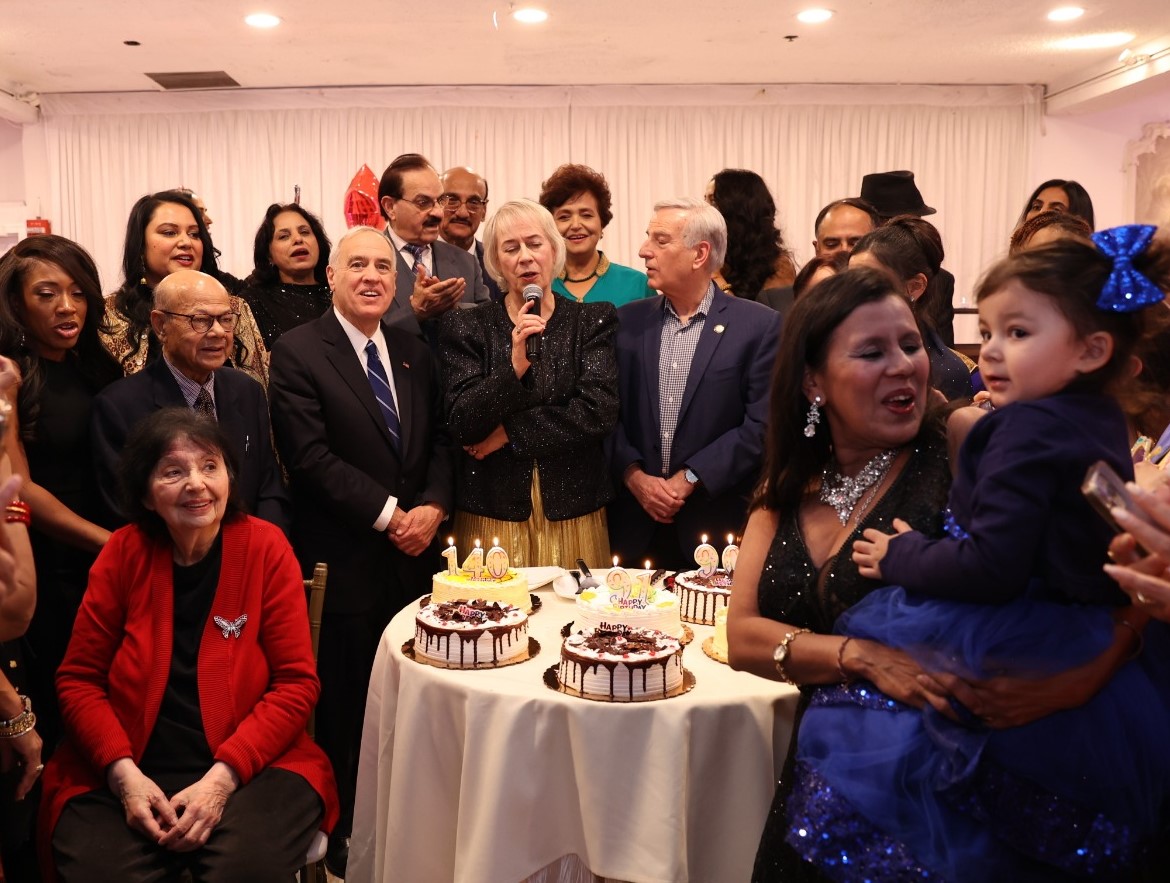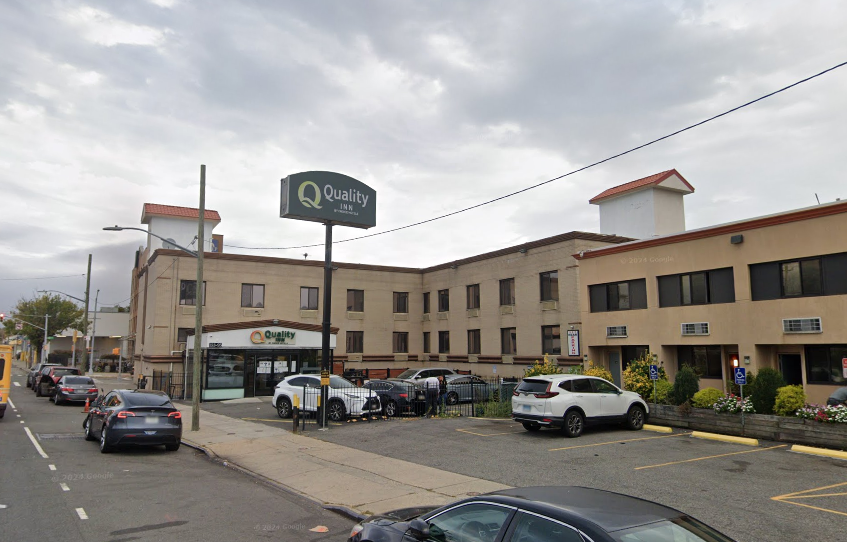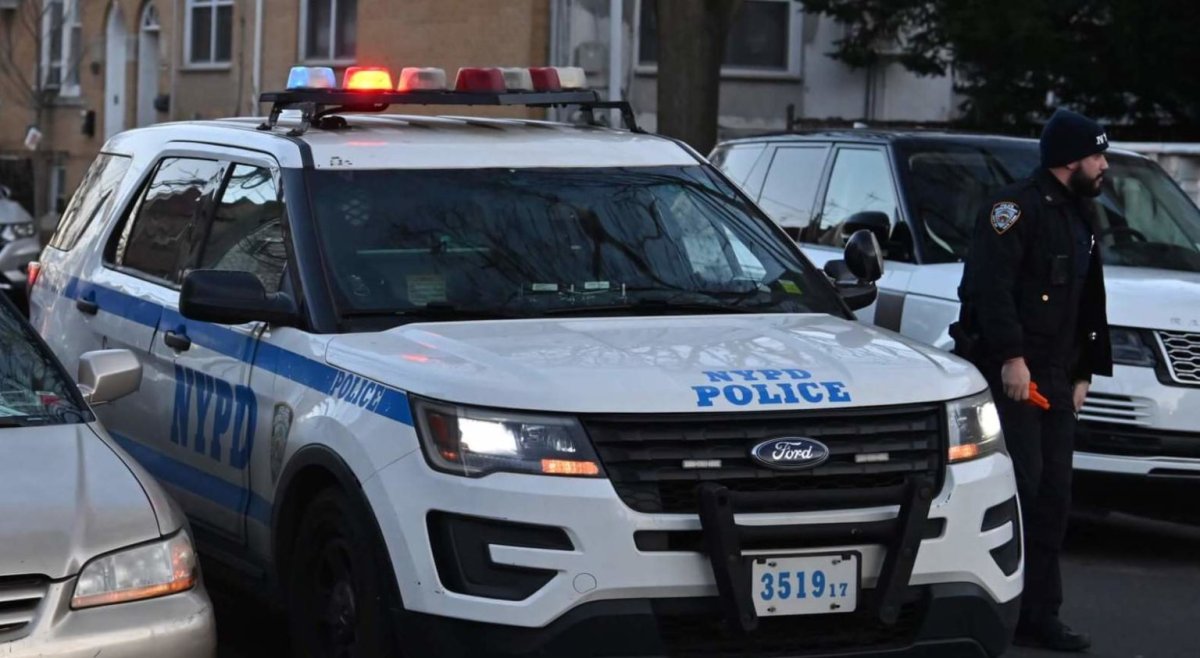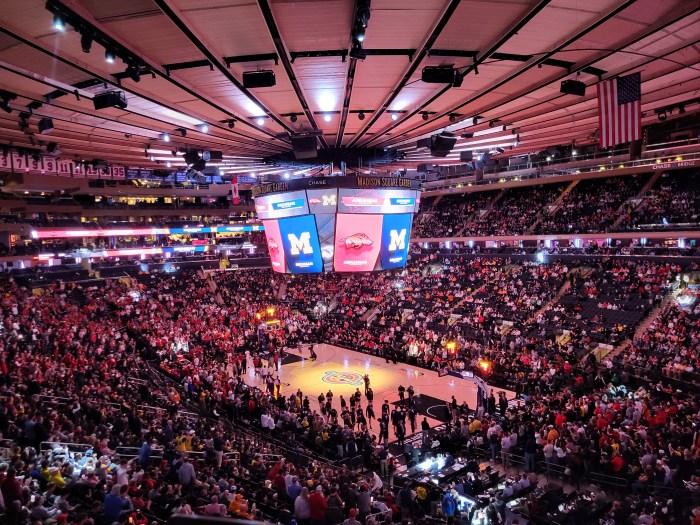
While elected officials press the city to take over the private, oft-neglected streets in the outer boroughs, it’s a different story in Manhattan.
There are about 36 such enclaves there, according to a rough estimate from borough president Gale Brewer’s office. Some are narrow back alleys with straightforward names like “Extra Place,” but others are gated, well-shrubbed streets home to tony Manhattanites who spend millions to escape the congestion of the city.
Among the most famous are Pomander Walk, a gated-off street that connects West 94th and West 95th streets, between West End Avenue and Broadway. There’s also Sniffen Court in Murray Hill, which is lined by quaint, two-story brick stables built in the mid-19th century. Some like the famed Washington Mews — another narrow, stone block street of former horse stables — are open to the public.
“It’s like being transported to this quaint, old Parisian street,” said Ben Esposito, 23, a graduate student at New York University, which owns the mews and uses several buildings as academic spaces. On a typical day, Washington Mews will see the likes of students, tourists and maybe a few photographers looking for the perfect shoot location.
“It’s nice,” Esposito said. “It’s sort of this insular part of Manhattan that makes us feel like we have a community within a much larger student body.”
Sylvan Terrace, in Washington Heights, has similar otherworldly beauty. The publicly accessible, stone block street is flanked by 20 wooden, Italianate row houses that lead to the Morris-Jumel Mansion, the oldest house in Manhattan, which now serves as a museum.
“When you step up from St. Nicholas Avenue, it’s stepping back into history because it’s such a dramatic change from the 21st century,” said Trish Mayo, museum assistant. “You really feel like you’re stepping back into the 19th century.”
The street features the last two rows of wooden housing surviving in Manhattan, according to Carol Ward, the director of the Morris-Jumel Mansion museum.
“I think it’s really helpful for visitors to be able to picture what New York would have been like a hundred years ago.” Ward said.
Dotted by coach lights, Sylvan Terrice is so prim it’s easy to forget the homes have private owners.
“It’s a love-hate thing,” one resident on Sylvan Terrace told a group of museum guests as they peered into windows of the houses, “because people don’t think anyone actually lives here.”


































